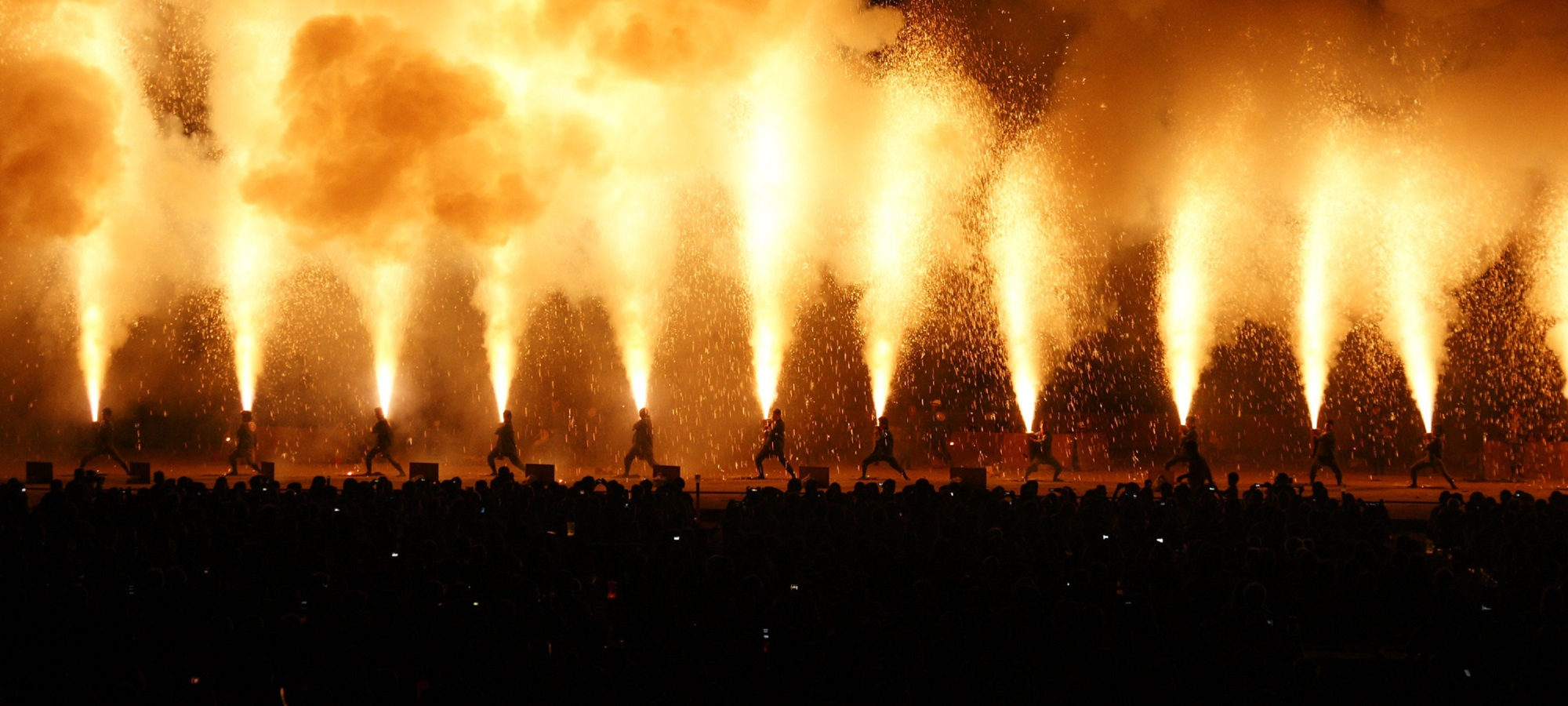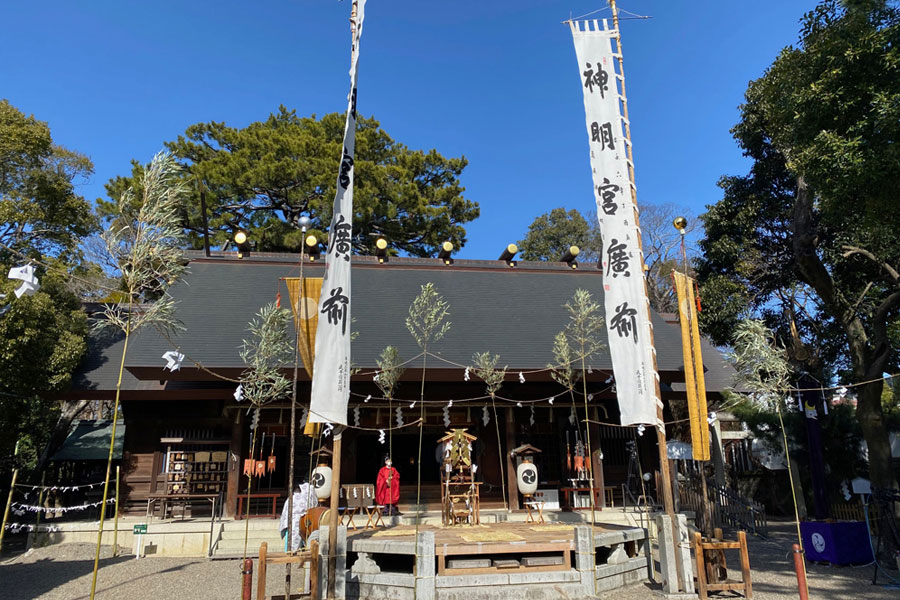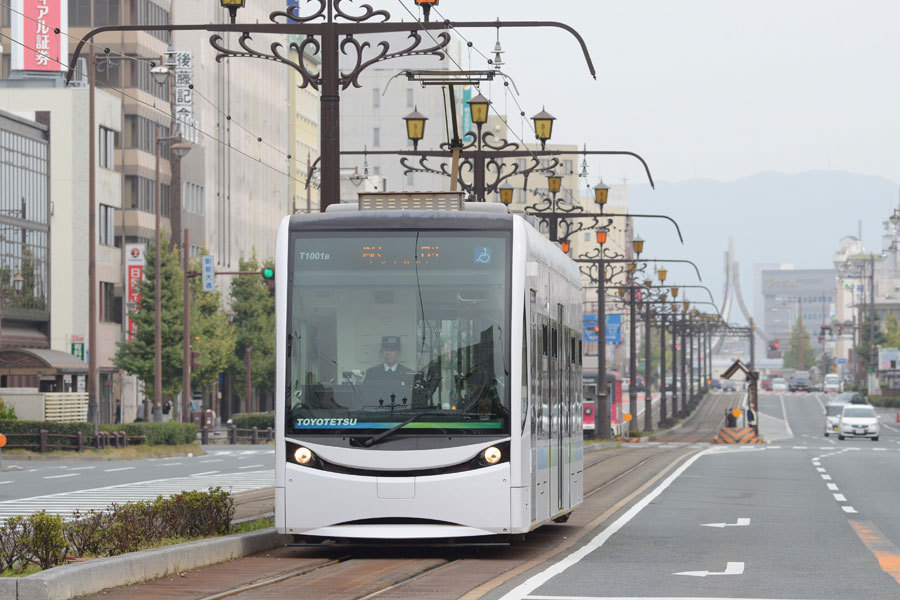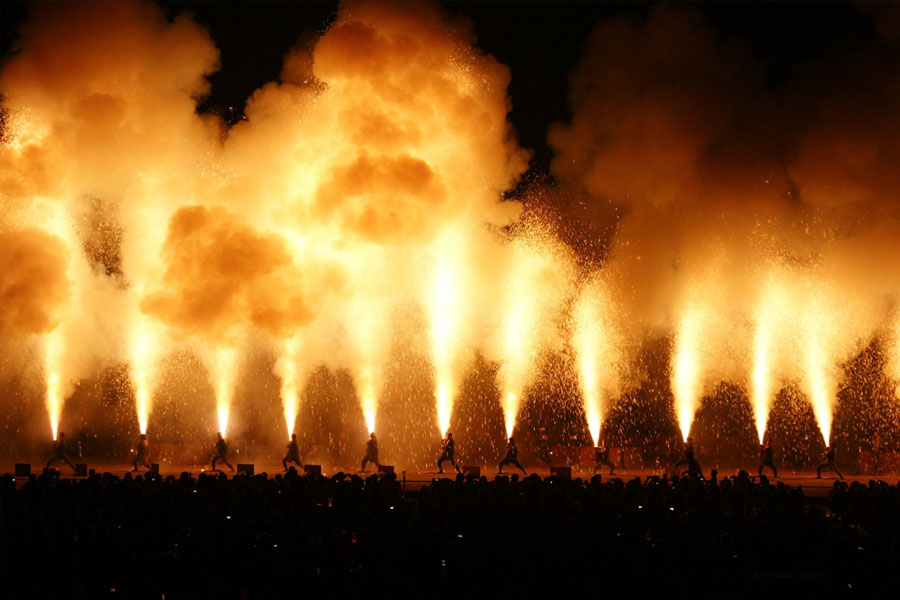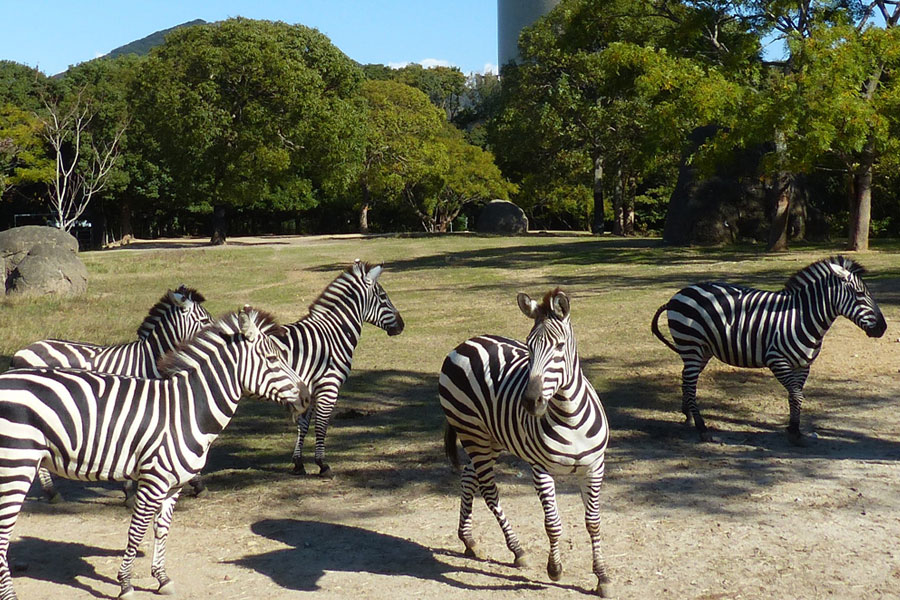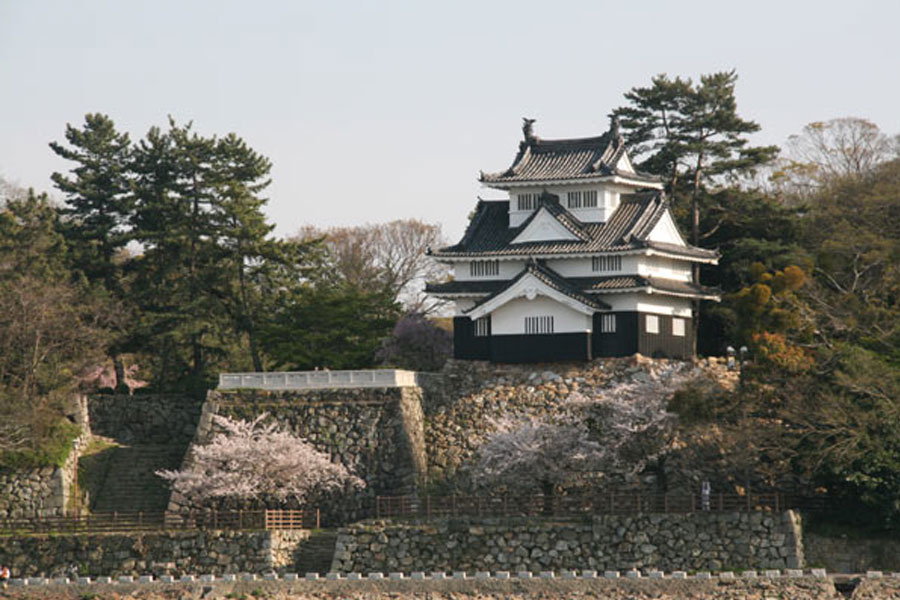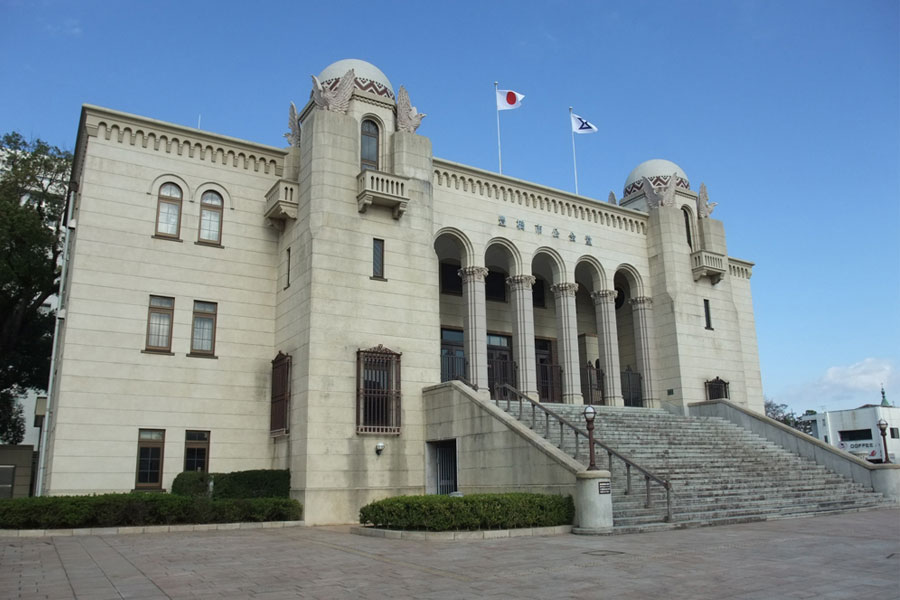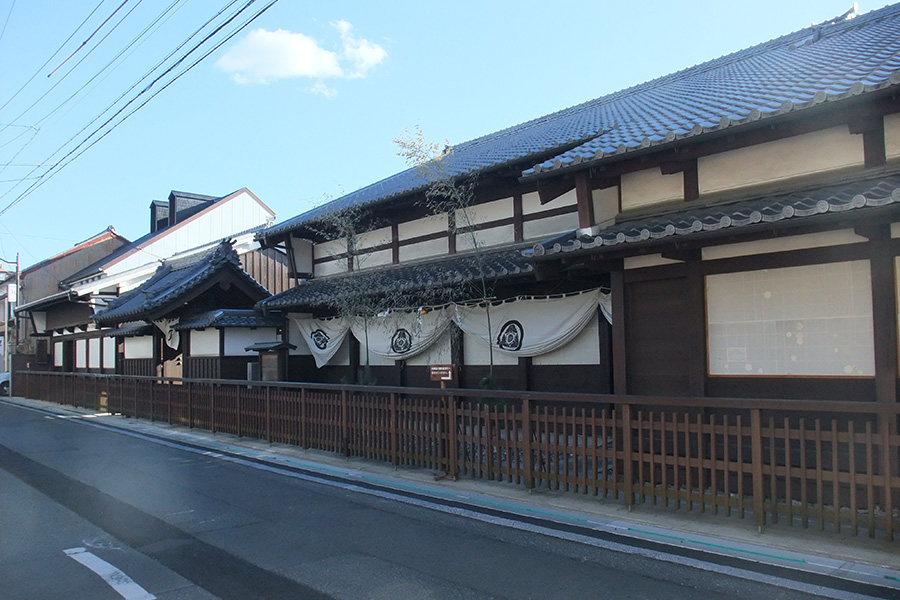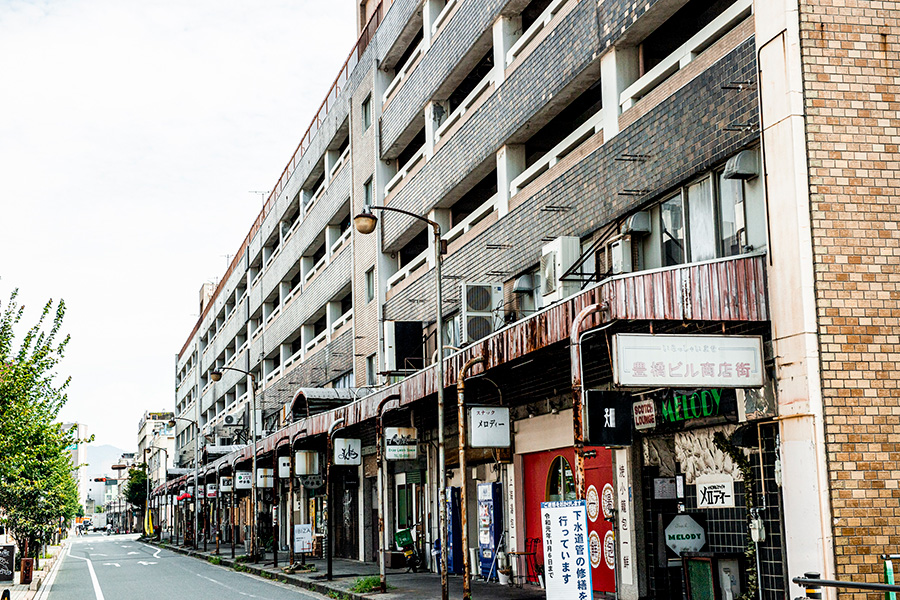Tezutsu Hanabi (Handheld Fireworks)
Tezutsu Hanabi, said to originate in Toyohashi, is a unique fireworks display exclusive to the Higashi-Mikawa region. It involves wrapping a rope around a section of unjointed Moso bamboo, approximately 10cm in diameter and 80cm in length. The bamboo is then filled with gunpowder, which includes iron powder, and ignited. The person holding the tube hugs it to their side, creating a spectacular display of a massive column of fire. Towards the end, flames, known as "Hane," burst out with a tremendous sound at their feet. This powerful firework is raised as an offering in many festivals throughout Toyohashi City, praying for abundant harvests, good health, warding off epidemics, prosperity, and enduring martial fortune. One distinctive feature of Tezutsu Hanabi is that the person raising it is involved in every step, from cutting the bamboo to preparing and loading the gunpowder.

